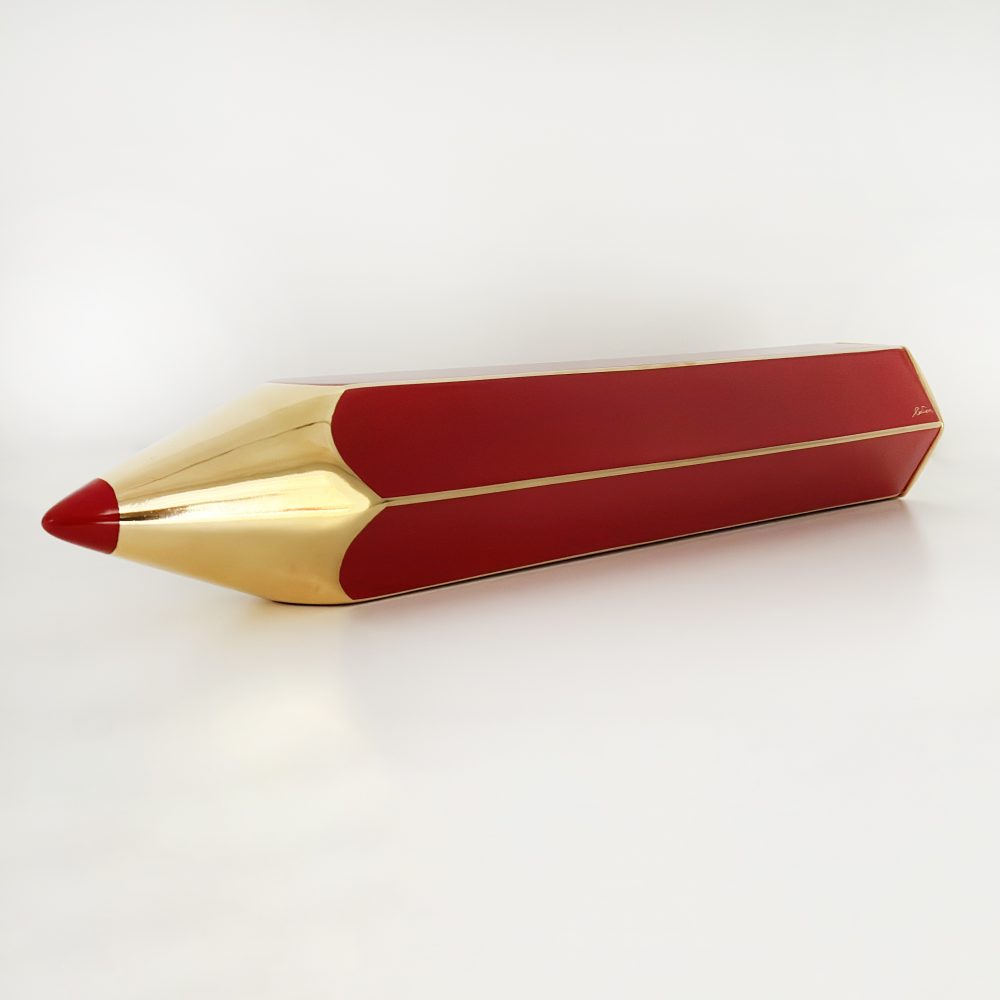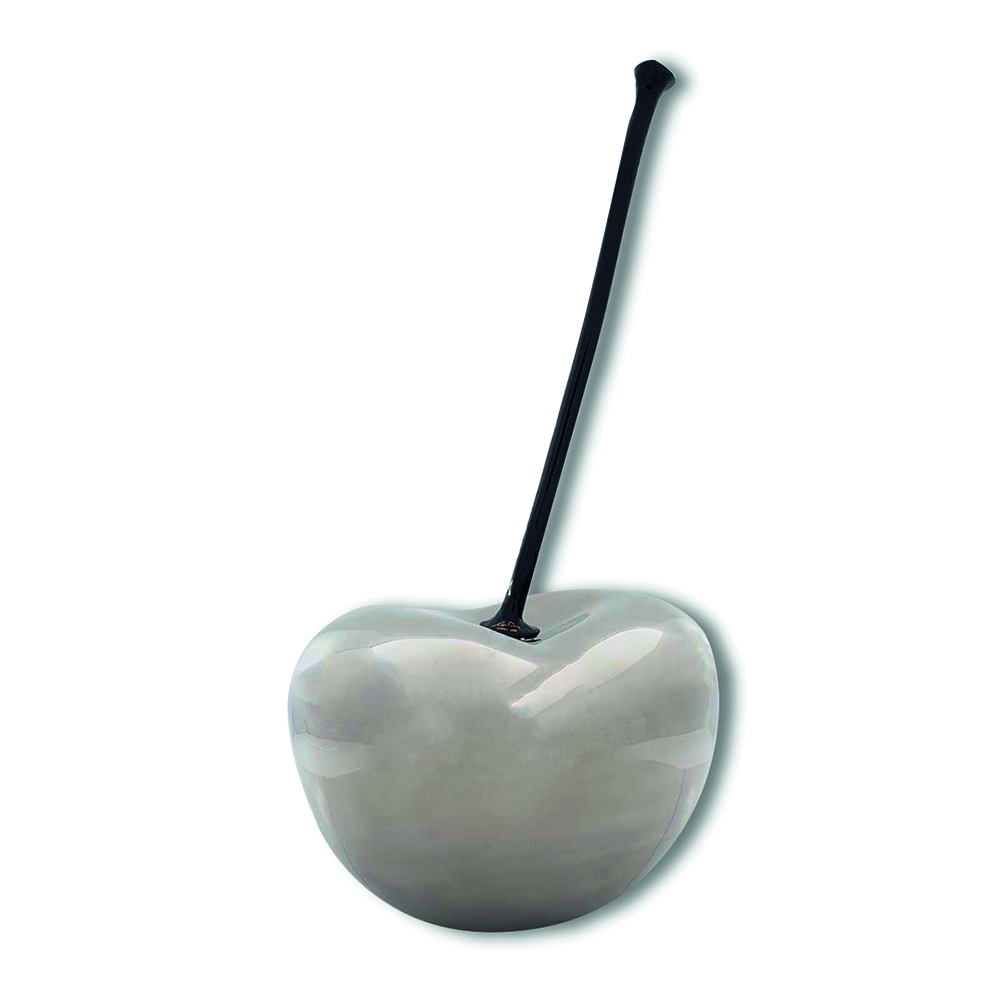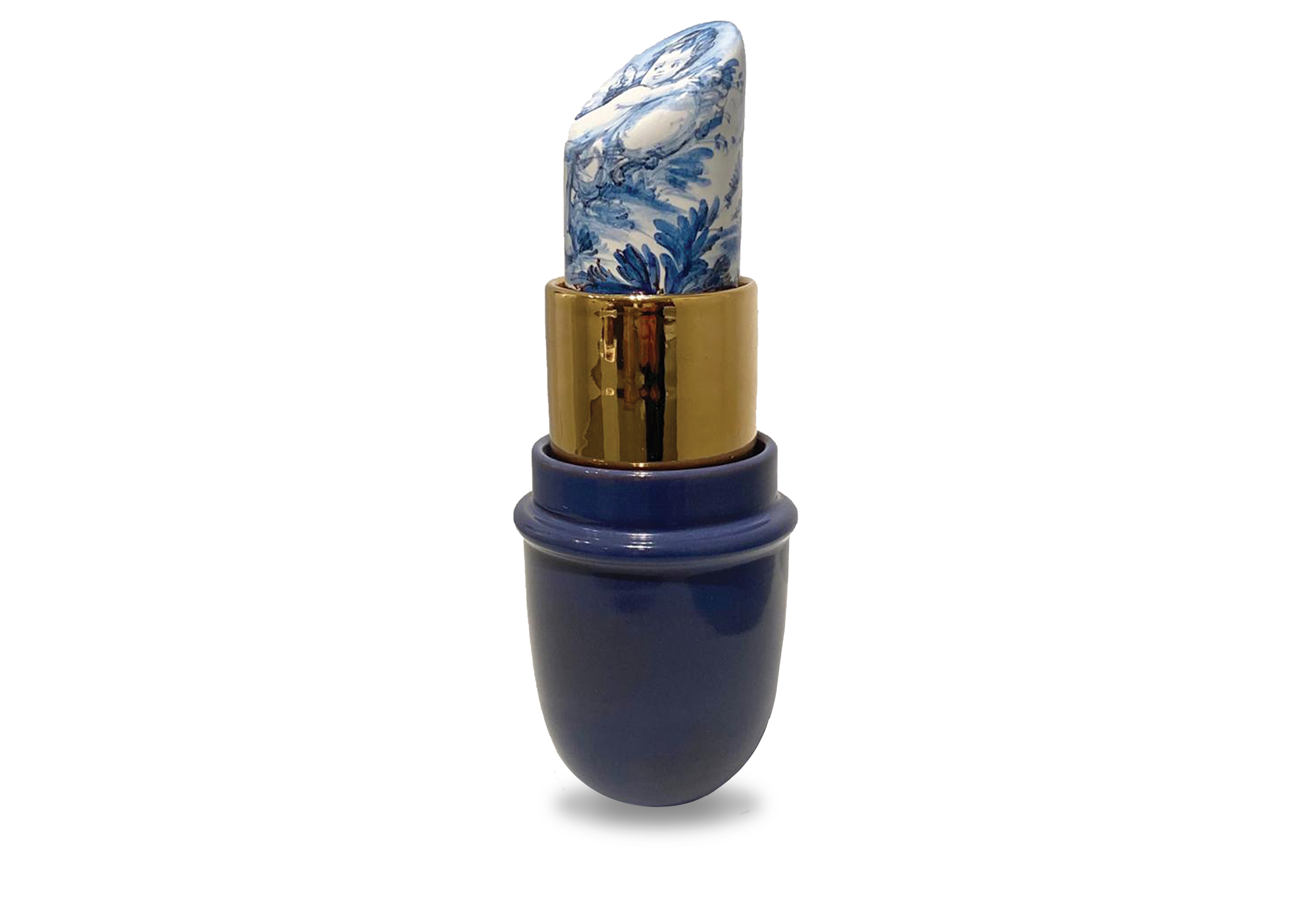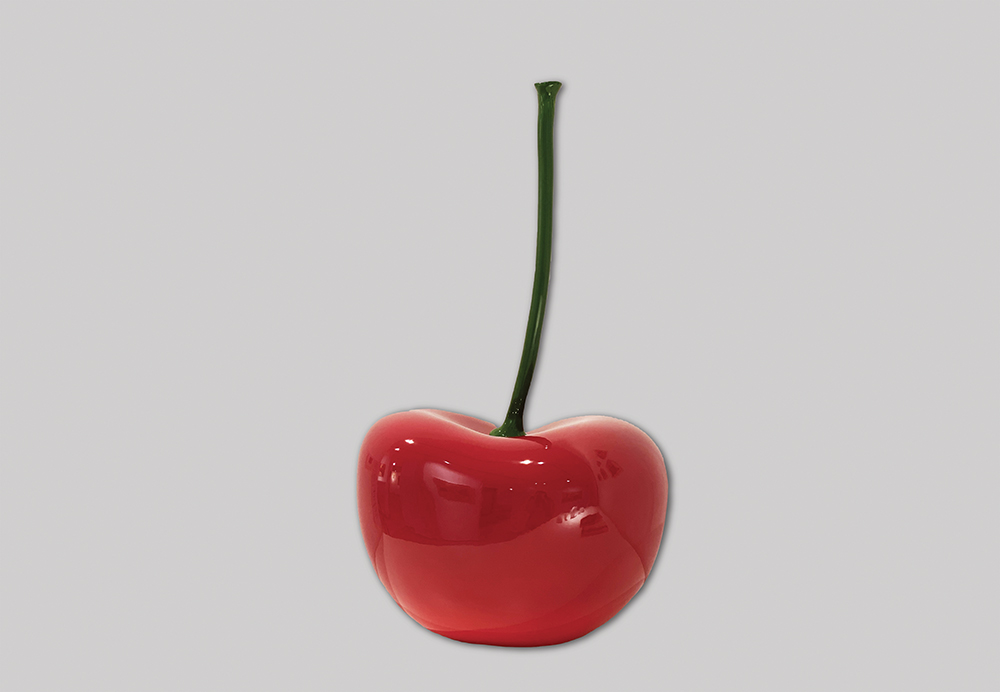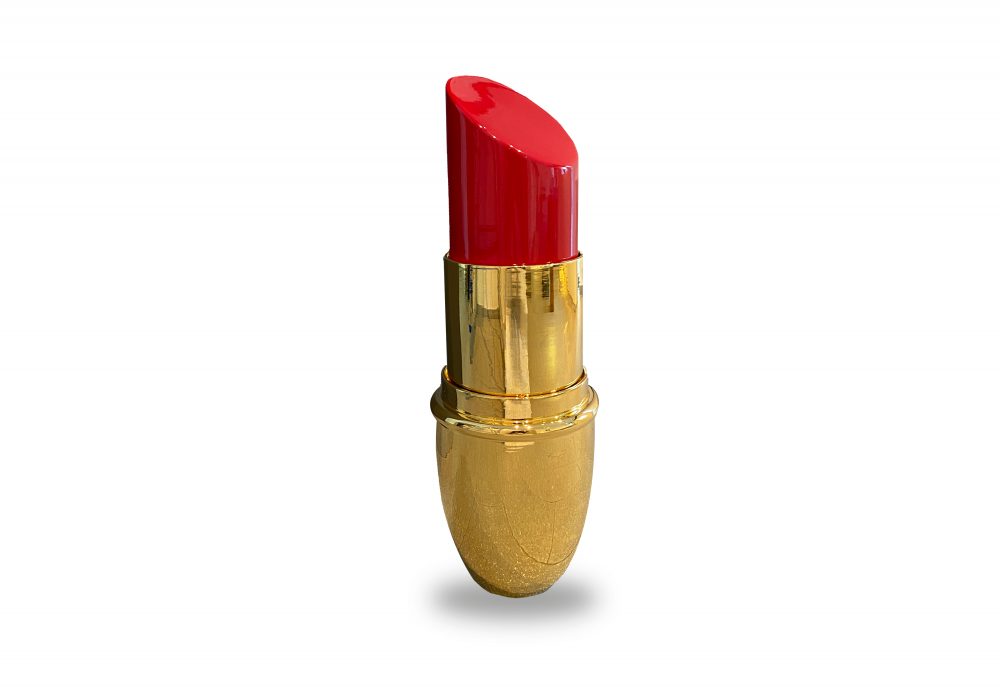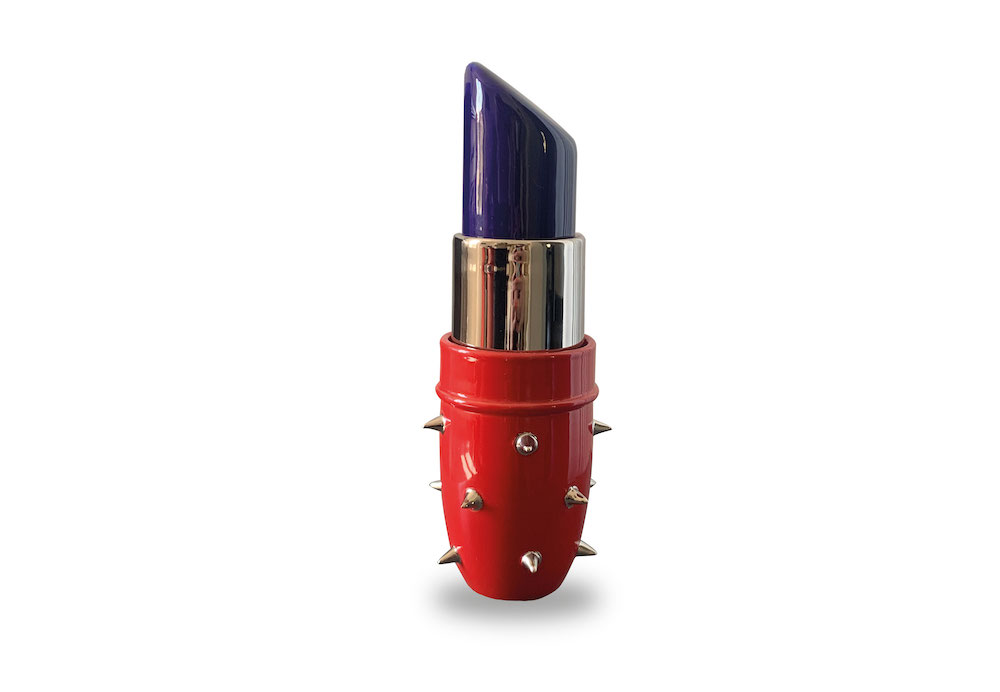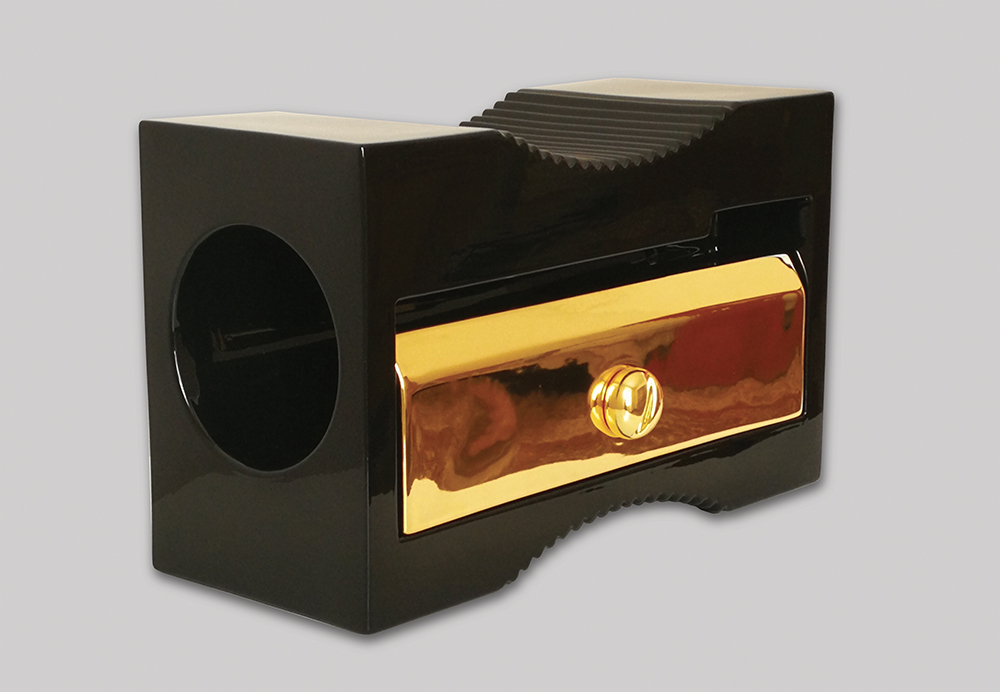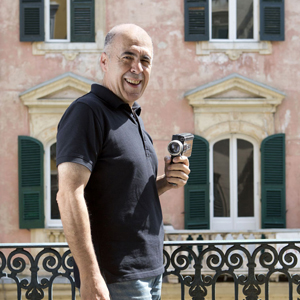
Giorgio Laveri's art vividly incorporates explicit references to 20th-century movements, showcasing everyday scenes through his large photographs. His works create a unique dialogue that bridges Duchamp's ready-made poetics and American Pop Art, manifesting in stunning ceramic pieces that exemplify high-quality Italian craftsmanship. Laveri critiques consumerism through the imagery and titles of his artworks, employing irony and encouraging reflection, which actively engages the viewer. Captivated by the shine of his surfaces, observers find themselves in a limbo where reality and imagination blend, leading to a continuous transformation of perception.
Laveri utilizes ceramics not just as an artistic medium but as a storytelling tool that reflects the human condition and contemporary issues. His skillful combination of forms and colors results in works that both beautify and provoke deep conversations about our lives and daily choices. Through his art, Laveri challenges viewers to question social norms and market dynamics, making each piece a stimulating experience for the mind and heart.
As an artist, Giorgio Laveri continues to evolve, exploring new techniques and materials while maintaining a strong connection to Italian artistic traditions. His experimental nature and ability to reinvent himself have made his works highly sought after in the contemporary art scene. Through exhibitions and installations, Laveri leaves a lasting impression, encouraging the public to look beyond appearances and uncover the deeper meanings behind each creation. His work not only celebrates art but also invites critical reflection on relevant themes, making his contribution to contemporary art both irresistible and essential.
Born in Savona in 1953, Giorgio Laveri began his artistic journey after training in television directing. He started exploring painting and, in the 1980s, embarked on a personal experiment with ceramics, which became his primary medium. While he has not abandoned his cinematic roots, Laveri has gained significant recognition in the art world, including participation in the 2011 concluding exhibition of the 54th Venice Biennale at the Italian Pavilion of the Palazzo delle Esposizioni in Turin. His works have been displayed in prestigious public spaces and museums around the world, from the Pramàr Monumental Complex in Savona to Florida, the Château-Musée Renoir in Cagnes sur Mer, Strasbourg, and the Palais de la Méditerranée in Nice to Hong Kong.


